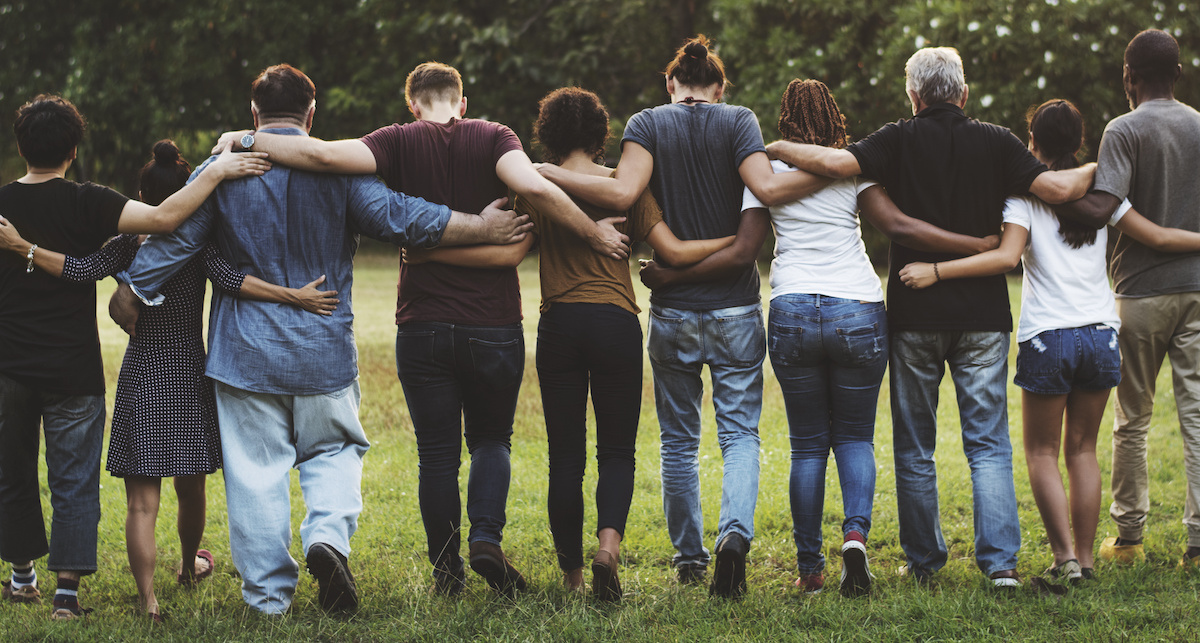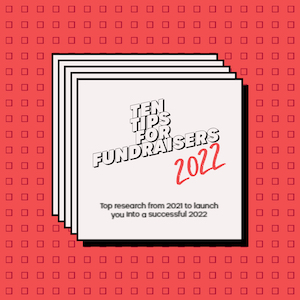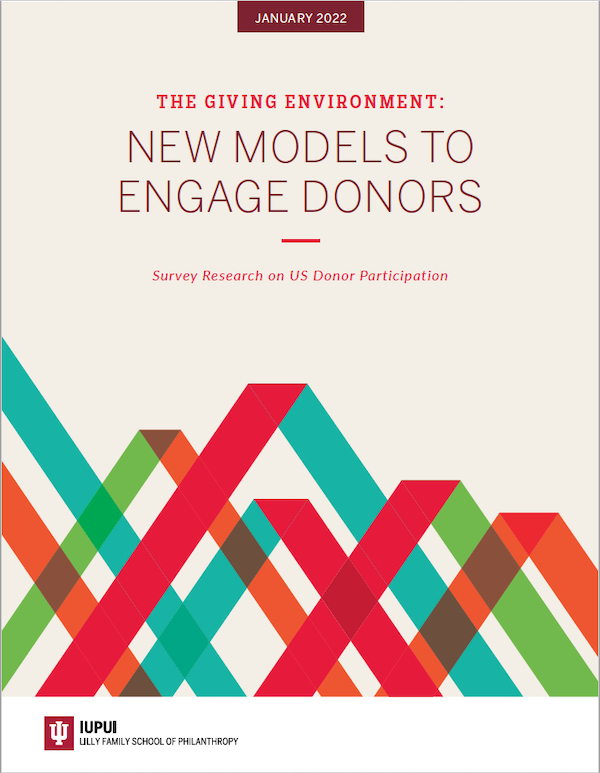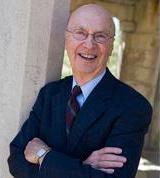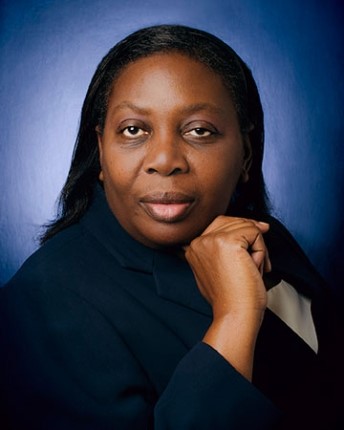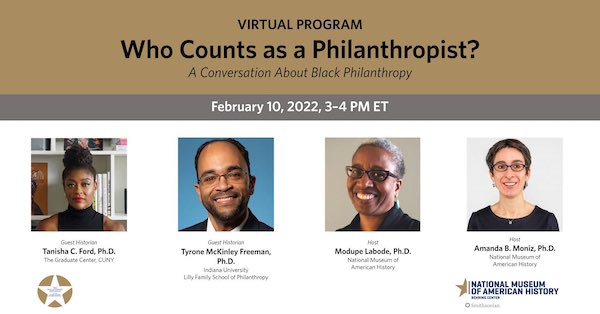Generosity is like breathing. What is there to know about something as natural as giving to someone else? All people do it, most without reading a treatise or consulting research. But even an automatic process like breathing can benefit from training to fit the purpose of the activity, be it for athletic performance or meditation. A natural and instinctive act, generosity is a useful subject of study, not least because it is such an integral part of who we are and how we relate to each other.
Surprisingly, we don't focus much on the kinds of knowledge we use in doing philanthropy. That we are knowers is what distinguishes us as a species, thus the Latin sapiens (knowing) in Homo sapiens. We are always swimming in different bodies of knowledge, which makes it difficult to step outside the streams of knowledge that envelop us. Like generosity, knowing is so natural that we typically look to special institutions like schools and colleges to mark places where we do it consciously. It is in such places that we reflect on what we know outside the flow of all the doing when we are too immersed in using knowledge to think about how we are doing it and how we might do it differently.
But regardless of our formal preparation, we engage in discussions about how and why to exercise our philanthropy all the time. We argue, inform, consult, investigate and share experiences about the way we give and about ways we think giving ought to take place. But as we get more serious and formal in our argumentations and recommendations, where does the relevant knowledge come from? What kind of knowledge do we call on? What kind of knowledge should we call on?
These questions matter if we are concerned about making a difference in the world. The influential business thinker, Roger Martin, writing with colleagues in the Harvard Business Reviewclaims that:
…most leaders haven’t thought much about realms of knowledge and what problems they can solve. Expect that to change as enterprises, and societies, take on increasingly complex and large-scale challenges — and leaders are increasingly judged on the thinking that goes into them.
To make sense of the landscape of knowledge, we can, like Martin, turn to Aristotle and distinguish among three kinds of knowledge. Techne, which is the practical knowledge we use to do things, can help you run a board meeting with diverse constituents and multiple agendas in a way that aligns with your organization’s mission. Episteme is scientific knowledge often capturing law-like universals, which can help you understand how your board’s composition reflects the populations you serve compared to similar organizations, drawing on patterns observed in board dynamics more generally. Finally, Phronesis deals with ethical knowledge and making judgments about how we ought to conduct ourselves. Here you might make judgments about how to include formerly marginalized groups on your board, and whether your current policies and practices create barriers you need to re-evaluate in light of the “why” that animates your mission.
Martin illustrates how leaders called on these three different kinds of knowledge during the pandemic’s multiple crises. The challenge for a leader is to know which kind of knowledge is called for but also to provide a synthesis of how they all come together to make sense of current circumstances, while also setting a course for the future. In the words of Ken Chenualt, channeling Napoleon, a leader needs to define reality (calling on the capacity to synthesize different kinds of knowledge) and give hope (crafting a way forward based on the synthesis).
But focusing too much on the individual knower overlooks how knowledge is inextricably intertwined with community. Synthesizing different kinds of knowledge usually means bringing different communities together, rather than expecting an individual to create something on their own, out of thin air.
The Hewlett Foundation commissioned research to find out how professionals who work in foundations gather knowledge. They found that the community of peers plays the leading role. More than publications, media, and universities, foundation professionals rely on each other to understand what is going on and what works in the field.
You might say that this study illustrates the adage that it is not what you know but who you know that matters. This adage is often put forward to minimize the importance of substantive knowledge compared to having “connections.” A more charitable interpretation of the adage is that it reflects the insight that knowledge is a communal resource.
Knowledge is produced in community, used in community, and passed on to future generations in community. This is easily overlooked today as digitized content across the Internet makes it seem that knowledge is displayed for easy consumption, like a common product. But for what purpose and for whose benefit are you learning on your own? As you click on that educational video, is there not a community in your mind? (Maybe machines can replicate elements of communal learning, but that is a matter for another time.)
Think about the scientific process that has generated a record of cumulative discoveries that have transformed our world and the ways we live. In the vast transnational scientific ecosystem, communal credit is still the currency of science. The peer-review process, a communal check on the integrity of proposed discoveries, still stands as the core process for assuring the integrity of the scientific-technical establishment.
Wanting to be better informed about philanthropy often leads us to become involved with others who share our interests. It might be a professional association of fundraisers or evaluation professionals, a donor group inspired by a common faith, or one keen to tackle a particular disease. Perhaps it is more informal, like a reading group or a giving circle. In each case, we are joining a community with our curiosity, committing our search for knowledge to a journey of discovery with others. This is what I think of when I am fortunate enough to teach or learn in a “course” – a communal movement toward better understanding.
The courses I have taken the most from have been those where I have given the most, often facilitated by someone genuinely devoted to supporting the assembled community of learners. Hopefully, we have all had those special teachers whose generosity of spirit went far beyond whatever compensation they received for showing up, whose guidance transformed our ability to comprehend the world and ourselves.
There is much to know about philanthropy, and the more curious you are the more the horizon of possibilities expands for you as you associate with others. As we advance knowledge by learning in community, we may find even more interesting connections between our natural proclivities to give and to know. I am interested in exploring if and how giving and knowing are related to each other, perhaps in ways that might yet surprise us. What about philanthropy are you curious about? And who will you join to pursue this interest?
Best regards,

Amir Pasic
Eugene R. Tempel Dean


